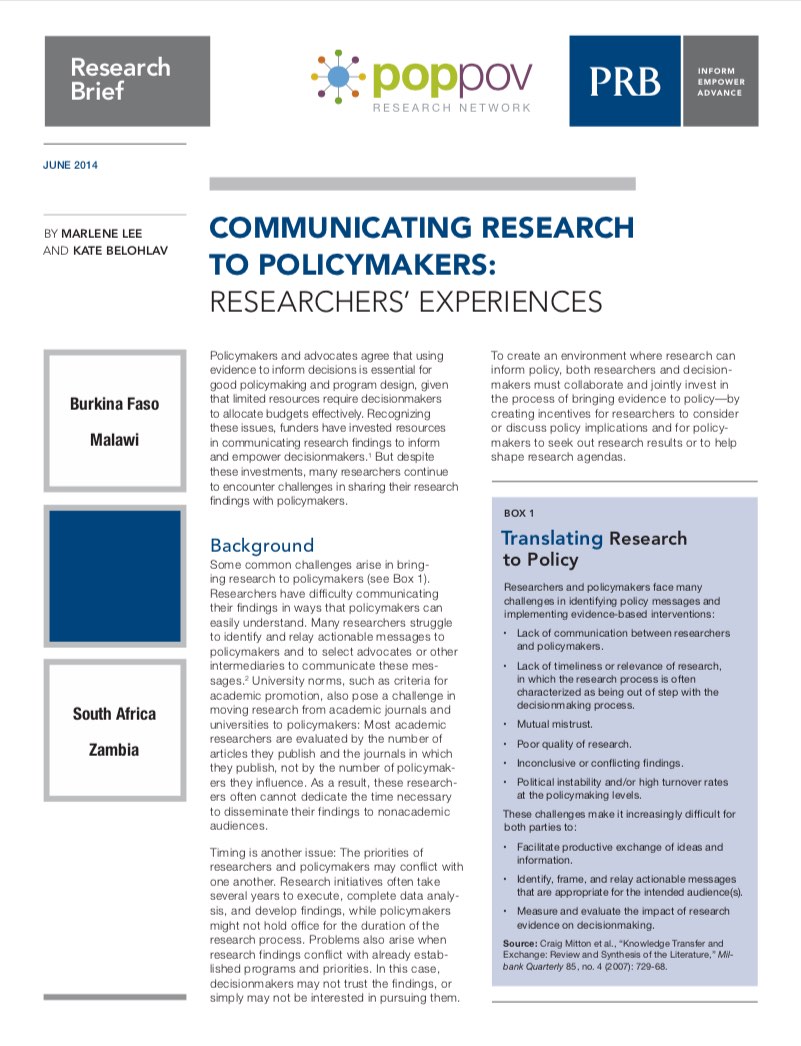Emerging Trends in Disability
(2001) Disability is an ambiguous demographic, but one that is unambiguously increasing. Socioeconomic trends such as aging and other factors have contributed to the growth of the population categorized as disabled, making disability an important issue for policymakers, even though its definition is often a point of contention.



